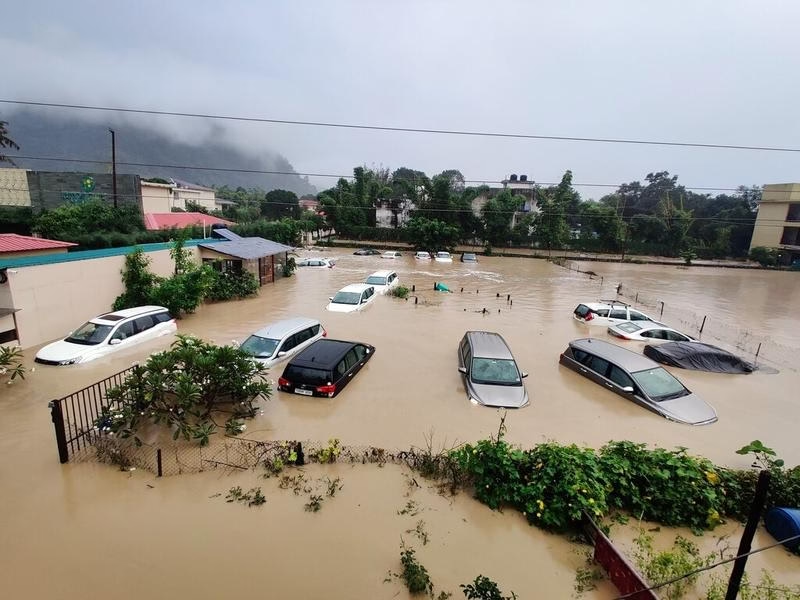It happens every year. The rains arrive. And India braces.
From Assam to Bihar, and Mumbai to Delhi, monsoon floods disrupt life across the country, flooded roads, displaced families, power cuts, waterborne diseases, and staggering losses to homes, crops, and infrastructure. It’s an annual ritual of resilience. But it’s also one of frustration. Because none of this is new.
In 2023, flood-related losses were estimated at over ₹15,000 crore. In 2024, Assam alone saw more than 2.5 million people affected. Delhi’s Yamuna overflowed. Mumbai’s streets turned into streams. And still, for millions, the monsoon doesn’t bring relief, it brings dread.
The scale is vast. Over 75 million hectares of land in India are flood-prone. The Indo-Gangetic and Brahmaputra plains carry the bulk of river flow, and when these rivers swell, entire districts go underwater. Urban flooding has added a new dimension: clogged drains, aging systems, concrete replacing soil, and rainfall that has nowhere to go.
But it’s not just a flood problem, it’s a water capture problem. Dams, lakes, ponds, wetlands; structures built over decades to store and absorb rainwater, are either dying or dead.

Consider Ramgarh Dam in Jaipur. Once a proud venue for the 1982 Asian Games and the main water source for the city, it is now a dry expanse of land. Its tributaries have been gradually eaten away by encroachment. The dam itself, once a lifeline, has been reduced to a memory. Jaipur today gets its water from Bisalpur Dam, 120 kilometers away. Ironically, surrounding villages near Ramgarh still receive good monsoon rains, but the city sees a strange combination of cloud fleeing, reduced showers, and flash floods in outer areas. Urban heat, vanishing vegetation, and unchecked construction may explain part of it. So may the Aravalli hills, acting as both natural guardians and barriers. But the more pressing question is: where does the water go?
When dams disappear, the rain doesn’t stop, it just moves on. It runs off, bypassing the city, often too fast to help anyone, reaching places where it’s either wasted or causes damage. The same can be said for areas like Hyderabad’s Musi River, once a clean water source, now choked and narrowed by illegal construction. Bhopal’s Upper Lake, too, has seen a shrinkage in catchment thanks to expansion. In Bengaluru, lakes that once prevented floods have been lost to real estate and roads, leaving the city waterlogged with every heavy downpour. In Chennai, the Pallikaranai marshlands used to act as a natural sponge, until they were built over.

Floods are a reality in modern India. Lots needs to be done, but much has changed too in recent years. Forecasting has improved. Local disaster response units have expanded. Real-time alerts reach more phones. Programs like AMRUT, Smart Cities, and Jal Shakti initiatives are focusing on long-overdue drainage upgrades and water management. In several states, old water bodies are being revived, riverbanks are being reinforced, and technology is being used to track water flow and runoff.
And yet, these floods continue to test how far the country has come. They also highlight how much more needs to be done.
This is why the river interlinking vision laid out by Atal Bihari Vajpayee remains relevant. He understood the deeper imbalance, that some parts of India flood while others parch. His idea was to connect rivers so surplus could feed shortage. The Ken-Betwa project is a step in that direction, finally gaining ground after years of planning. If scaled with care and cooperation, river-linking could become a backbone for future water security, not just to move water, but to store it, absorb it, and keep it from running away.
Floods are not new. Neither is the pain they bring. But it’s time the country moved from response to preparation. It’s time every drop of rain that falls was treated like a resource, not a threat. Because the rains will return. And next time, we should be ready, not just to survive, but to manage.


Leave a Reply